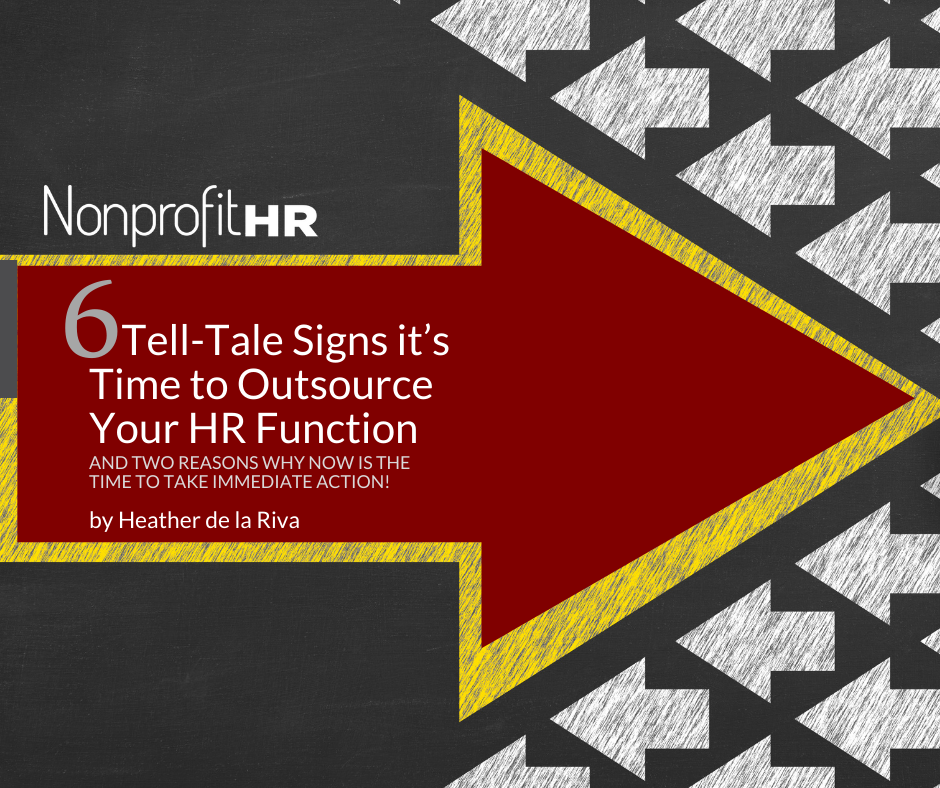WTOP: 5 ways nonprofits can…
2015 is already more than halfway over. Are you preparing your recruitment and hiring strategies to see you through the rest of the year and set your nonprofit up for success in 2016? If you’re not already, it’s time to start!
To succeed in the months ahead, you need to begin with a recruitment budget broad enough to capture the costs associated with engaging and recruiting talent, and retaining them once they’re on board. Here’s how to build a recruitment budget that works:
Assess your Goals and Plan for Growth
Pull out your 2015 strategy and goals and make some assessments. Look at the activities and metrics associated with these goals, and see what produced the best results to determine what you want to focus on in 2016. For example, if your metrics indicate that you excelled in hiring talent using social media channels and that you came in on budget or even below budget in these activities, plan to repeat these tactics next year.
Next, think about how you can replicate your successes in order to grow your organization. Make sure your recruitment budget includes growth strategies to cultivate talent at your organization and to bring in talented new people. Understanding the current talent situation and future talent outlook across your organization will help you build out a vision that is aligned with organizational and department strategies.
Consider Historical Recruitment Tactics and Budgets
Think about how your department or organization recruits currently. Do you have a diverse array of strategies for brining qualified candidates in the door? What sort of technology are you using and what are its monthly costs? Does your organization attend recruiting events? Do you have legal, background screening and assessment fees that need to be included in your budget? Do you provide assistance to transitioning staff from other states and if so, what are your relocation costs? All of these considerations—and their associated costs—need to be included in your recruitment budget.
Compare these strategies with your recruitment goals. Which tactics have been most successful? Those are the ones you should continue to focus on in your recruitment budget. By reflecting on your past actions, budgeting decisions and tactics, you’ll get a bigger picture of what your nonprofit’s needs are in the recruitment process and how best to budget for growth and success moving forward.
Consider the “What If” Factor
I recommend building in the “what if” or risk factor into your budget. What I’ve done in the past is look at the talent in each department across the organization. If you are truly engaged with your employees on a variety of levels, then you will be able to determine if you have individuals that will be going out on leave or terminating (voluntarily or involuntarily) their involvement with the organization. In addition, it is important to consider opportunities for growth among your current staff and communicate with other leaders about future staffing plans.
A part of this “what if” factor is considering temporary staffing. Failing to allocate budget for temporary staffing is common, but entirely avoidable. Does your department expect have to hire temp staff for meetings, special events, data entry or to cover for an employee that is out sick for a few days for an unplanned absence? If so, include reasonable figures for these costs in your budget.
Building a recruitment budget is a daunting task; however, if done correctly this time, the process will become easier and easier in the years that follow.
Looking for help as you build out your budget? Contact one of our experienced HR Consultants who will be happy to help you plan a budget that





























